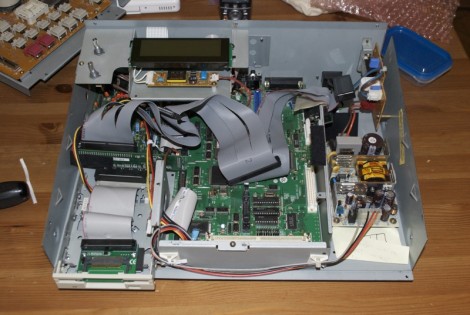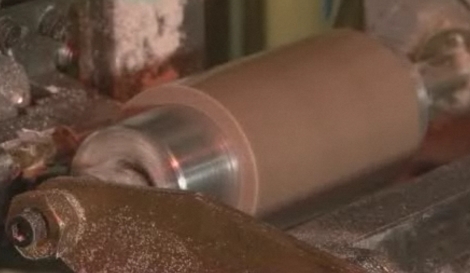
We’ve always put stock in ‘the quieter the better’ when it comes to road bikes. You’ll find this truth if you spend 100k on the back wheel of someone with a sqeaky rear derailleur. But apparently the folks at Effalo never learned this lesson as they’ve produced a bike computer that generates noise as you ride.
Perhaps it just takes some ingenuity to turn this into a beautiful music maker along the lines of the Force Trainer hack. No problem because the velosynth is a hackable design. The case was made with a vacuum form and inside you’ll find a bunch of small breadboards. The JeeNode, which is an Arduino/Xbee combination, serves as the heart of the device by taking speed and acceleration data from the bicycle wheel. From there it is passed on to various modules, Bob’s your uncle, and sound comes out. Check out their sales pitch after the break and if you’re starting to get some ideas about using this check out the open source info they’ve provided.
Continue reading “Velosynth Annoys Those Around You As You Ride”















